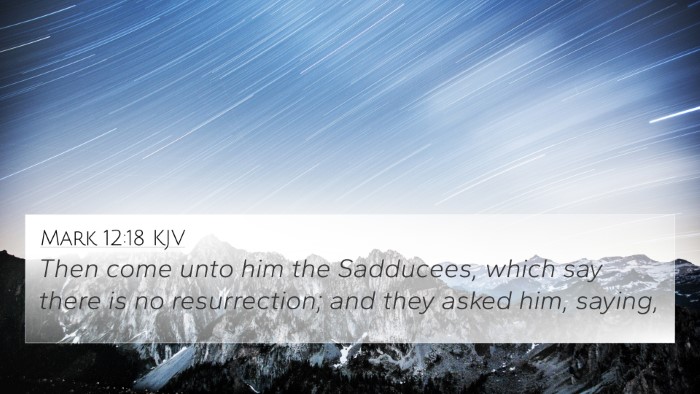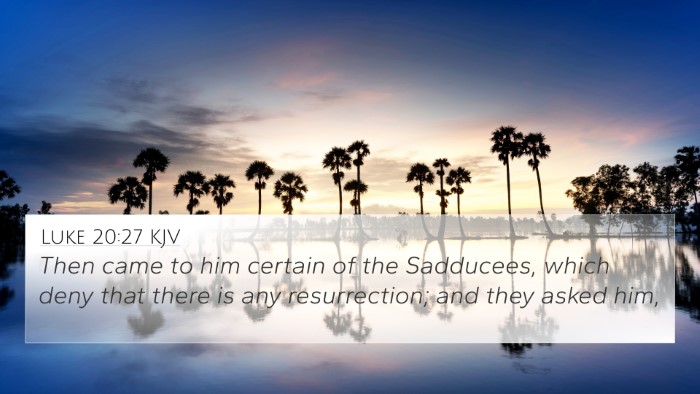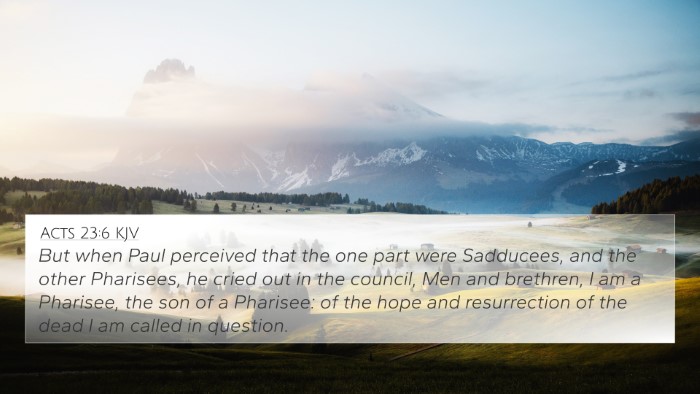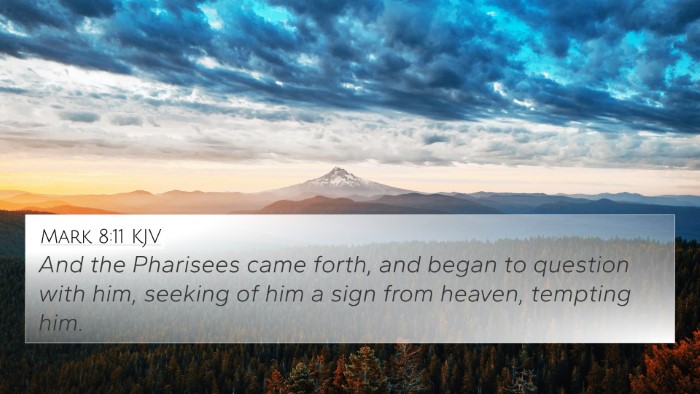Understanding Matthew 16:1
Matthew 16:1 states, "The Pharisees and Sadducees came to Jesus and tested Him by asking Him to show them a sign from heaven." This verse introduces a critical moment in Jesus' ministry, emphasizing the persistent challenge He faced from the religious leaders of His time.
Summary of Context
This encounter occurs after Jesus had performed numerous miracles, showcasing His divine authority and power. Despite this, the Pharisees and Sadducees, representing the religious elite, request further proof through a heavenly sign, highlighting their skepticism and hardened hearts.
Commentary Insights
Matthew Henry's Commentary
Matthew Henry points out that the request for a sign reflects a lack of faith. The Pharisees, who were knowledgeable in the Scriptures, fail to recognize the signs already present in Jesus' works. Their demand for more evidence showcases a yearning for a spectacle rather than genuine belief.
Albert Barnes' Commentary
Albert Barnes highlights the motives behind the request, indicating that it was an attempt to discredit Jesus. The religious leaders aimed to test Jesus, seeking to establish a scandal rather than acknowledging His messianic role. Barnes also notes that their request was hypocritical, as their hearts were closed to the truth before them.
Adam Clarke's Commentary
Adam Clarke elaborates on the significance of the sign they requested. In ancient Jewish thought, a sign from heaven would be an undeniable proof of divine intervention. Clarke emphasizes that their disbelief stems from their unwillingness to accept Jesus’ authority despite overwhelming evidence.
Thematic Connections
This verse encapsulates themes of faith, skepticism, and the challenge of recognizing divine truth. The refusal of the Pharisees and Sadducees to believe despite ample evidence serves as a lesson for readers on the nature of faith and the expectations we place on God for signs and wonders.
Cross-References
- Matthew 12:38-40: The Pharisees request a sign, and Jesus speaks of the sign of Jonah.
- Luke 11:29-30: Jesus speaks of the generation asking for signs and offers the sign of Jonah as well.
- John 6:30-31: The crowd asks for a sign, recalling manna in the desert.
- Matthew 4:7: Jesus rebukes the devil by quoting scripture, demonstrating reliance on God's word rather than signs.
- 1 Corinthians 1:22: Paul notes that Jews seek signs and Greeks search for wisdom.
- Mark 8:11-12: The Pharisees seek a sign and Jesus responds with frustration over their hardness of heart.
- Matthew 15:14: Jesus refers to the Pharisees as blind leaders of the blind, underlining their spiritual blindness.
Connections Between Bible Verses
Examining Matthew 16:1 in light of these cross-references reveals a pattern of demand for signs among the religious authorities. It exposes a recurrent theme of spiritual blindness that is not satisfied by spectacles, suggesting a deeper call for faith in the unseen and a relationship with God grounded in trust rather than mere signs.
Practical Applications
Understanding this verse prompts reflection on our own demand for signs. Do we seek proof of God's presence and work in our lives? This inquiry can lead to spiritual growth as believers learn to trust in God's word and His faithfulness without needing constant validation through miraculous occurrences.
Tools for Bible Cross-Referencing
Utilizing tools such as a Bible concordance or a Bible cross-reference guide can enhance understanding and facilitate deeper study of scripture. Engaging in cross-referencing Bible study methods allows for identifying links between verses that deepen our comprehension of biblical truths.
Conclusion
Matthew 16:1 serves as a powerful reminder of the tension between divine revelation and human skepticism. As one engages with this verse, the importance of faith, recognition of Jesus as the Messiah, and adherence to the lessons of scripture come to the forefront, providing a comprehensive understanding that is beneficial for spiritual growth and understanding.


























